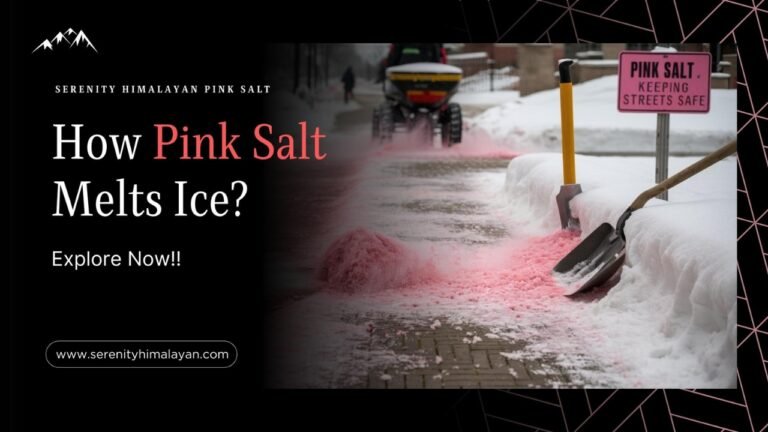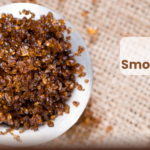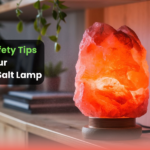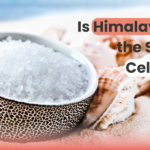Winter brings with it the challenge of icy streets and sidewalks. As temperatures drop, the need for effective ice melt solutions becomes paramount. While traditional rock salt has long been the go-to, there’s a rising star in the realm of de-icing: pink salt. But what sets pink salt apart, and how does it work its magic to keep our streets safe?
Pink Salt: The Game-Changer
Pink salt, often underestimated, packs a powerful punch when it comes to melting ice. Unlike its plain white counterpart, pink salt contains trace minerals that enhance its melting capabilities. These minerals, including calcium and magnesium, work synergistically to lower the freezing point of water, making it highly effective in combating ice formation.
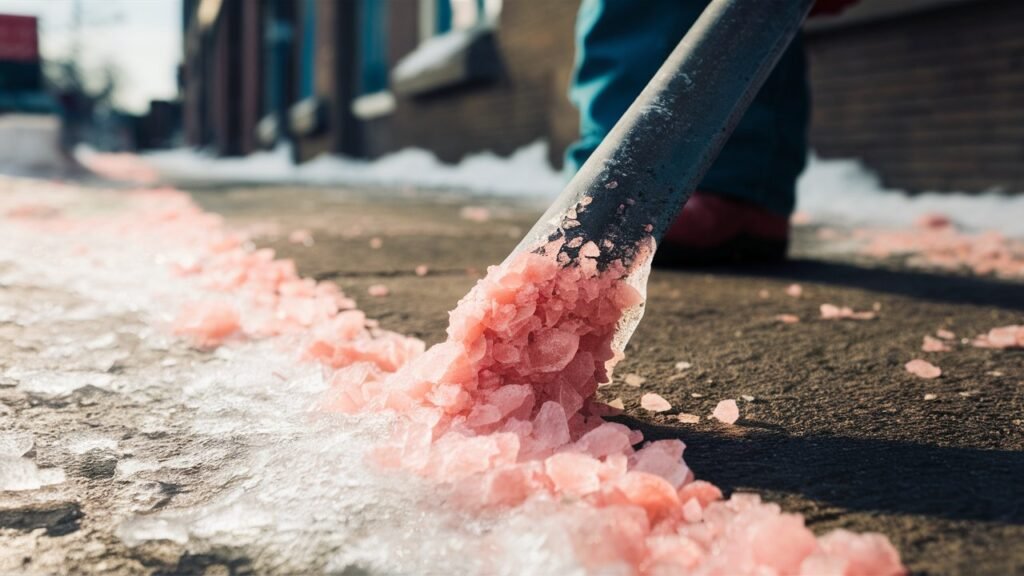
The Science Behind the Solution
At its core, the process of ice melting with pink salt is a marvel of chemistry. When pink salt is applied to icy surfaces, it initiates a reaction that disrupts the bond between ice molecules. This disruption causes the ice to melt at lower temperatures, creating a safer environment for pedestrians and drivers alike.
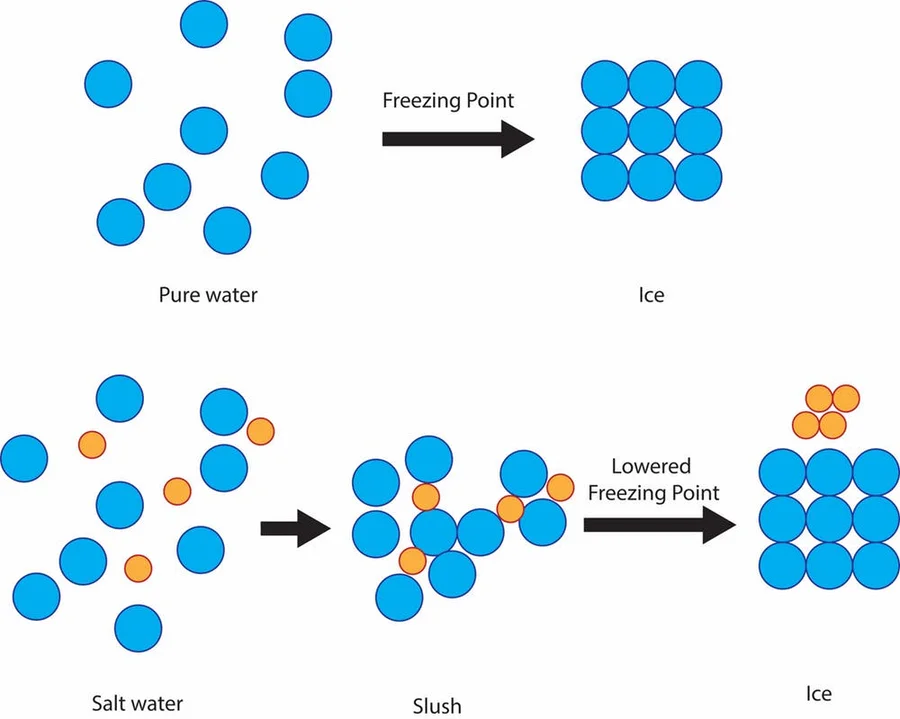
Types of Pink Salt
Pink salt comes in various forms, each with its own unique composition and melting properties. From United States Pink Road Salt to Himalayan Pink Salt, there’s a wide range of options available to suit different de-icing needs. Whether it’s the ultra-low moisture content of Chilean pink salt or the naturally colored Canadian pink salt, each variety brings its own strengths to the table.
Maximizing Efficiency
To harness the full potential of pink salt, it’s essential to understand how to use it effectively. By increasing salt levels and optimizing surface area coverage, the melting process can be accelerated. Smaller salt crystals offer greater surface area, ensuring rapid ice dissolution. Additionally, monitoring application levels is crucial to minimize environmental impact and ensure optimal results.
Environmental Considerations
While pink salt offers numerous benefits in terms of ice melting efficiency, it’s essential to consider its environmental implications. Unlike traditional rock salt, pink salt is naturally derived and less corrosive, making it a more eco-friendly choice. By carefully managing application levels and choosing sustainable de-icing solutions, we can minimize harm to the environment while keeping our streets safe.
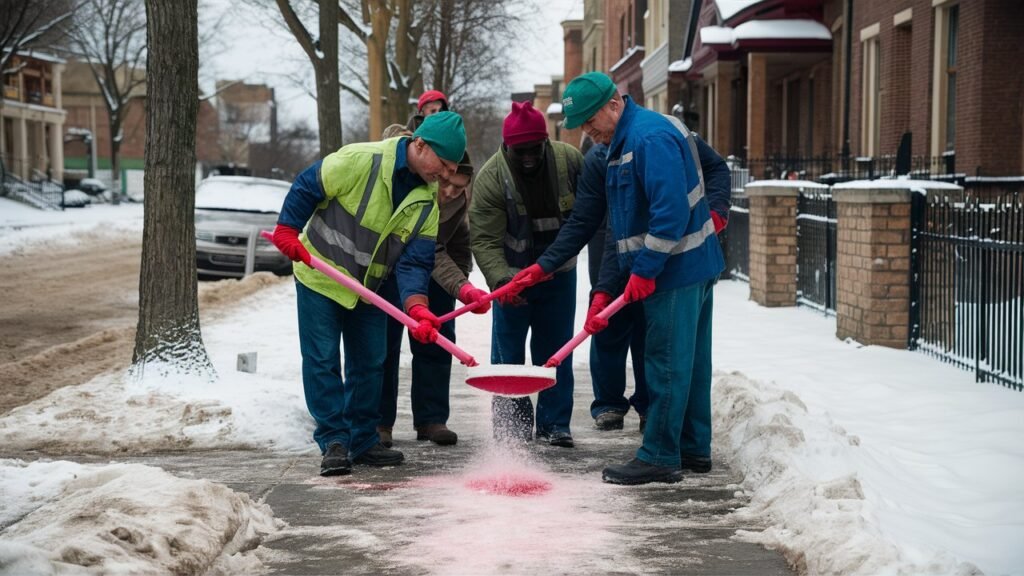
Conclusion
In the battle against winter’s icy grip, pink salt emerges as a formidable ally. Its unique composition and melting properties make it a game-changer in the realm of ice melt solutions. By harnessing the power of pink salt, we can ensure safer streets and sidewalks for all, while minimizing environmental impact. So, the next time you see those pink crystals scattered across the pavement, remember the unsung hero behind winter’s safety: pink salt.
About the Author
As a seasoned blog writer for Serenity Himalayan Pink Salt, Muhammad Hamza brings his expertise as the Sales and Marketing Executive to the forefront, sharing valuable insights into the benefits of pink salt for winter ice management. With a keen focus on sustainability and innovation, Muhammad is dedicated to educating readers about eco-friendly solutions for safer winter environments.
Through his articles, Muhammad aims to empower individuals and businesses with practical tips and expert advice on utilizing pink salt effectively. Join him and the Serenity team in their mission to promote sustainable winter maintenance practices and create safer communities worldwide.
For more information about Serenity Himalayan Pink Salt and their range of premium products, visit the website.
Top of Form







